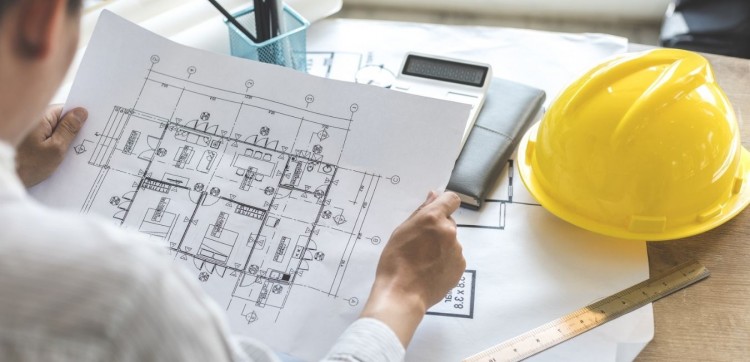The planning phase of a building project begins well in advance of the drawing of any plans. Rather than the commencement of the planning process, plans are actually toward the finish. Before any design work can begin, it is necessary to identify the members of the team, as well as the project’s goals, scope, and the method through which the team will collaborate.
In the world of building and construction, there is an apparent contradiction: the more time and effort you put into planning and ensuring that the project satisfies all of your requirements during the design phase, the lower the final cost will be. After construction, making modifications to the building will result in much higher costs. Therefore, the more planning you undertake for the building project, the better it will be for both the project and the budget.
Before you begin your next building project, here are the essential procedures to consider.
Goal-setting
Even if you already know what you want to create, you still need to start by defining the project goals. If you don’t make your objectives crystal clear, you can’t expect to obtain the results you want. You can gain insights from previous construction projects comparable to those you’re working on by using software that manages construction projects.
To begin, feasibility analysis and a business case should be developed for the project. There are a lot of moving pieces that need to be monitored and coordinated. The project’s complexity necessitates that each contractor deconstructs it at some point.
With a team, it is possible to identify all requirements and eliminate the uncertainty. When people work together, it’s easier to establish clear objectives, reduce expenses, and ensure better building.
Determine the project scope
After the team has established the project’s objectives, the following step is to create a list of the project’s features. This might include obtaining a building safety certification, installing an HVAC system and plumbing, or using environmentally friendly or natural building materials.
Work on a scope document that includes all of the goals and how they will be achieved, along with the implementation methodology. The equipment, methods, and other systems needed to complete the job are all included here.
In addition, to make prompt project-based choices, you must assess and define performance indicators for significant project limitations. Tools and tactics for managing management system implementation are essential to defining the project’s scope. The team can create an event plan to help them meet the project’s goals for various architectural and construction tasks.
Process Planning
The team needs to have a clear understanding of the process and the people who will be involved in it before beginning the design process. Before beginning any work, all members of the team must agree.
Assess the duties and responsibilities of each team member, as well as the risks they face. Team members should be aware of their stage-specific duties. In the event of an issue, everyone should know who to call. It is necessary to receive regular reports on the status of the project. These sessions allow the owner to review the work and provide feedback. Get your planning approvals by working with professionals in project management.
Design
During the design process, it is necessary to make alterations and modifications as they become apparent. It is sporadic for a project to turn out exactly how the architect envisioned it when the project was first conceived. Revisions may be necessary due to changes in the scope of work, regulations imposed by the governing authorities, or unforeseen situations at the site.
Changes made earlier in the process, when the project is still in the design phase, typically result in lower overall costs than those made later, when the building has already begun. As a result, making the necessary adjustments right away is preferable to waiting.
Review
The schedule of construction is challenging and must be regularly maintained. There is no such thing as an unchangeable construction timeline. If you do not monitor and review the project, changes may cause it to be abandoned.
You will need to verify the construction schedule throughout the project phases to ensure the work is proceeding as planned. Keep your schedule current at all times. Use our construction daily report form to keep tabs on how far along the project is.




